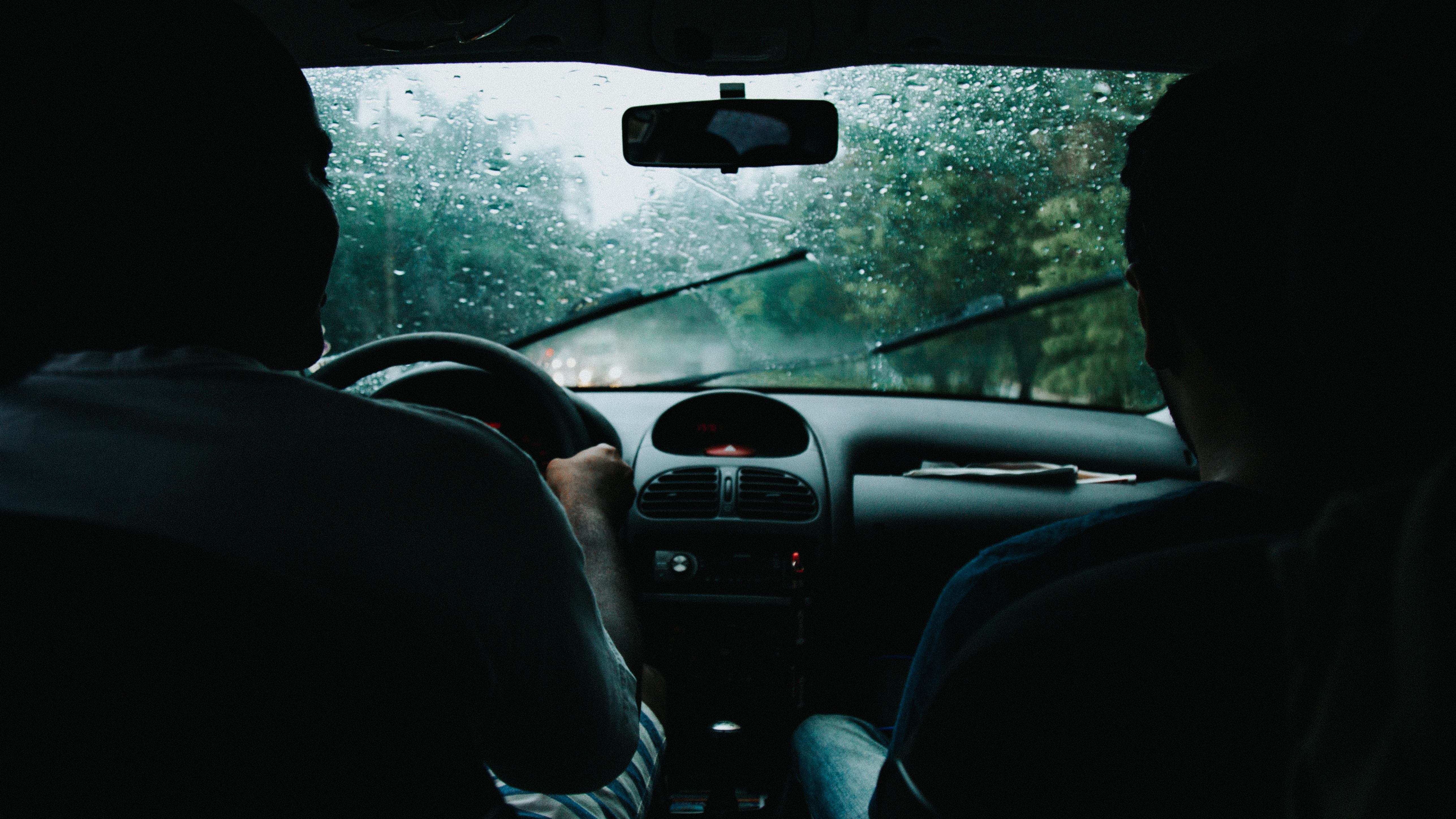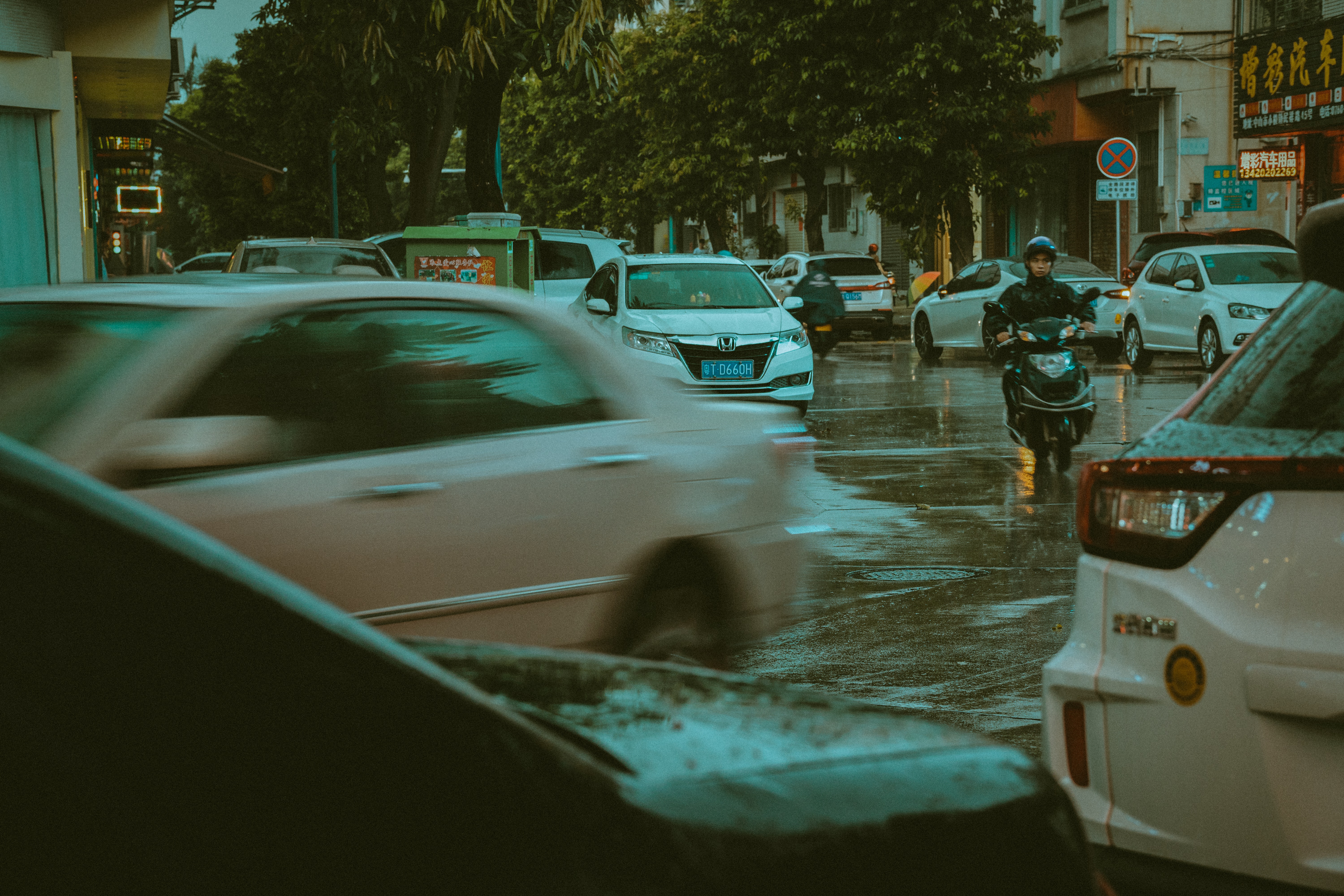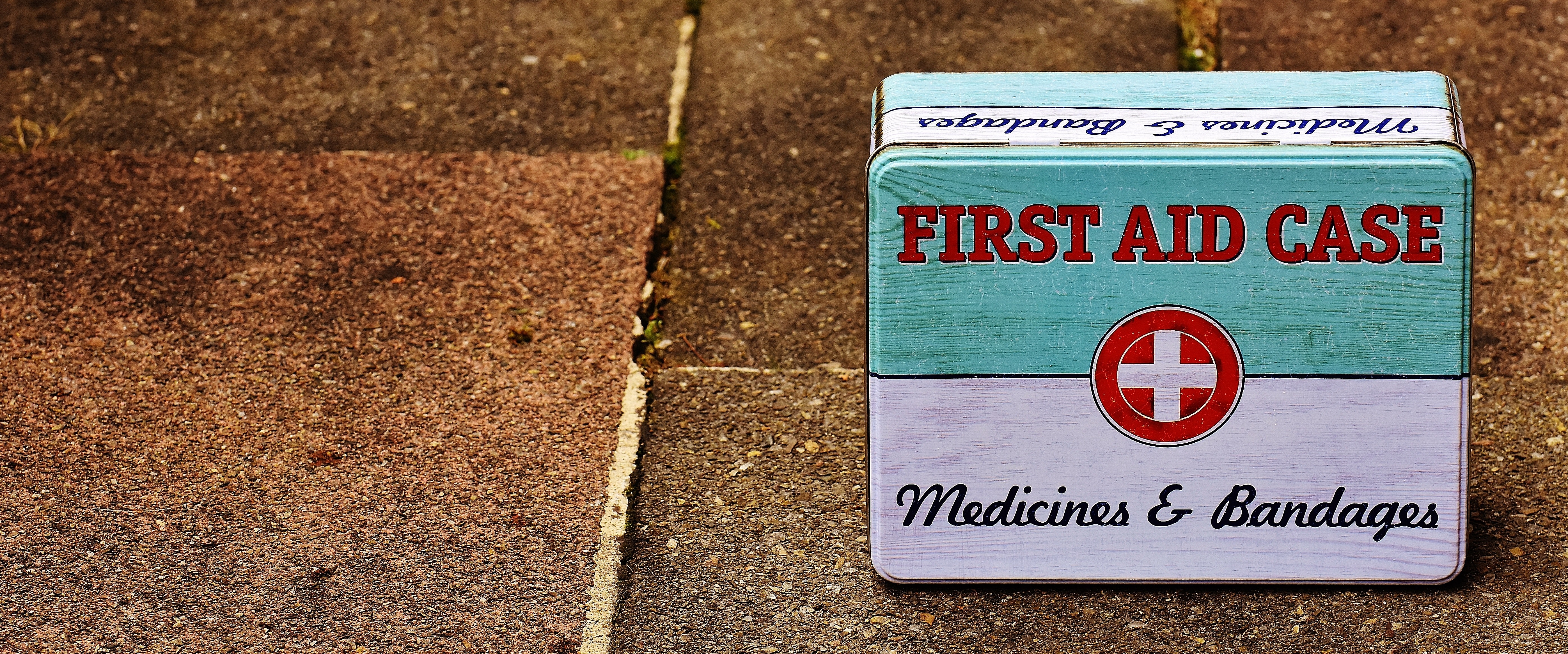-
07
Oct
Safe Driving Tips for Hurricane Season

Hurricane | Photo by GEORGE DESIPRIS from Pexels
Safe Driving Tips for the Hurricane Season
Hurricane is here. Whether we like it or not we have to face it and be prepared for it. And what is the most important thing to consider? Safety.
It is very inevitable that our properties will incur damage due to the harsh winds brought about by hurricanes. But if we give an extra effort, we might be able to prevent huge or a portion of the damage.
One of the most difficult things to do during a hurricane is driving. And it is important to be safe on the road. The wind and rain can affect the driving conditions so it is better to be extra cautious.
Be Informed.

Photo by Alex Knight from Pexels
Watch the news and be informed about the weather. If you are going to an area which will be hit by a hurricane, know the safer days for driving. Or you can also look for a different route.
Don’t Drive.

Photo by Mark Plötz from Pexels
The primary rule is to stay out of the roads during a hurricane. If you don’t have an important reason to drive, don’t drive and just stay indoors.
Experts say that most fatal road accidents happen during inclement weather.
If you really have to drive, drive with caution. Drive at a safe speed and keep your distance from other vehicles.
Know Your Vehicle.

Photo by Matheus Bertelli from Pexels
The strong winds can work against your vehicle. The vehicle’s height and weight will determine if it can withstand the road conditions or not.
Jeeps are suited for off-road driving. However, its height can be bad for driving in windy and wet conditions.
SUVs may struggle for traction because of its height. It should be driven with care on curved roads and bridges.
Know Defensive Driving

Photo by Genaro Servín from Pexels
Since the road is going to be slippery, you should know how to maneuver the vehicle correctly during unexpected situations.
When your vehicle skids or spin, remove your foot from the accelerator and avoid braking. If you are driving an RWD, shift to neutral and turn the steering wheel to the direction you are going.
FWDs provide more traction which makes it less prone to skidding. But as a rule of thumb, step off the gas and avoid braking. Do not turn, but wait for the wheels to take grip.
Prepare Your Vehicle

Photo by Juliano Ferreira from Pexels
Make sure that your mirrors, tail lights, and windshield are clean before hitting the road. It is to ensure that you get the best view of the road while driving.
Get Ready for Traffic Jams

Photo by Martin Alargent from Pexels
If you encounter a dead traffic light, treat it as a four-way stop.
Keep your fuel tank filled. Go on frequent stops and refuel. The closer you get to an affected area, it is more likely that fuel stations are closed.
Avoid Flooded Roads

If you see that the road is flooded with water, try your best to avoid it. The deep water will prevent you from seeing what is in there. There could be a sinkhole, manhole or a deep puddle.
If it cannot be avoided, try to drive slowly.
If your car stalls, do not restart the car. It is better to call for a tow. The dirt from the water may get into your engine if you force it out of the water.
Also, watch out for road damage ahead. Stay away from damaged roads and falling debris.
Bring a Paper Map

Photo by slon_dot_pics from Pexels
During a hurricane, communication lines and mobile signal are down, car navigation might be unusable. Bringing a paper map can help you get in the right direction. And also, bring a flashlight.
Bring Food and Water
If you are going to a hurricane-affected area, it is better to stock up on food and water. It is more difficult to find supplies in a disaster-affected area.
You can also bring an emergency kit, blankets, snow chains, extra clothes, and road flares, in case of being stranded.
Most importantly, practice defensive driving, have the presence of mind and use common sense during harsh weather conditions. Be prepared, drive slowly, and arrive safely to your destination.
If you like this post, you can share it through our social media buttons for your friends and family to read.
If you have any comments or suggestions, you can reach us through our phone number, email address, and our official social media channels.
For all of your household goods moving, fleet leasing, car shipping needs, and more, we are your trusted auto transport broker – Balch Logistics.









